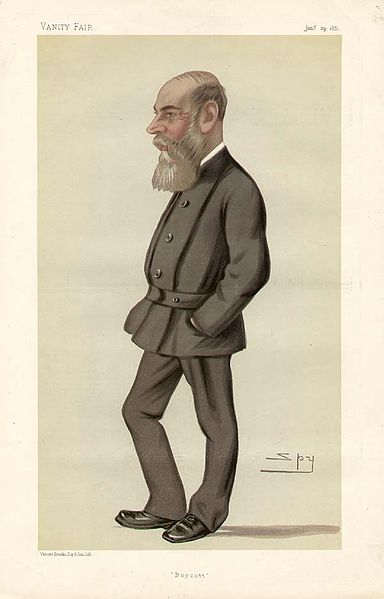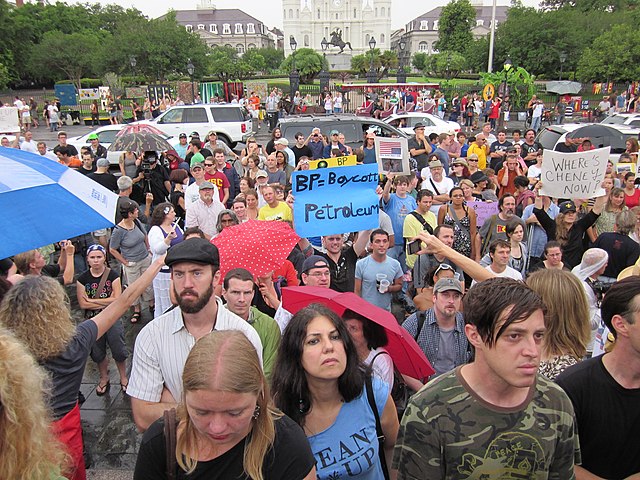The anti-Nazi boycott was an international boycott of German products in response to violence and harassment by members of Adolf Hitler's Nazi Party against Jews following his appointment as Chancellor of Germany on January 30, 1933. Examples of Nazi violence and harassment included placing and throwing stink bombs, picketing, shopper intimidation, humiliation and assaults. The boycott was spearheaded by some Jewish organizations but opposed by others.
A matchbook cover issued by the Non-Sectarian Anti-Nazi League to advertise the boycott
A news photograph of the "Boycott Nazi Germany" rally held in Madison Square Garden on March 15, 1937
SA paramilitaries in Berlin on April 1, 1933, with boycott signs, blocking the entrance to a Jewish-owned shop. The signs read "Germans! Defend yourselves! Don't buy from Jews!", while another sign in the background says "Germans defend yourselves against Jewish atrocity propaganda! Buy only in German shops!".
A boycott is an act of nonviolent, voluntary abstention from a product, person, organization, or country as an expression of protest. It is usually for moral, social, political, or environmental reasons. The purpose of a boycott is to inflict some economic loss on the target, or to indicate a moral outrage, usually to try to compel the target to alter an objectionable behavior.
Vanity Fair caricature of Charles C. Boycott
Protesters advocating boycott of KFC due to animal welfare concerns
Nameplate of Dr. Werner Liebenthal, Notary & Advocate. The plate was hung outside his office on Martin Luther Str, Schöneberg, Berlin. In 1933, following the Law for the Restoration of the Professional Civil Service the plate was painted black by the Nazis, who boycotted Jewish owned offices.
Protesters advocating boycott of BP due to the Deepwater Horizon oil spill







